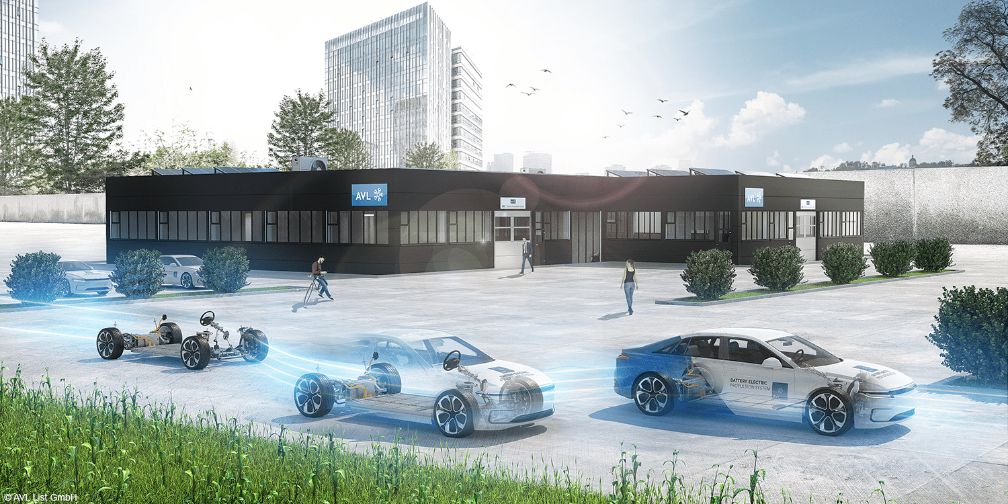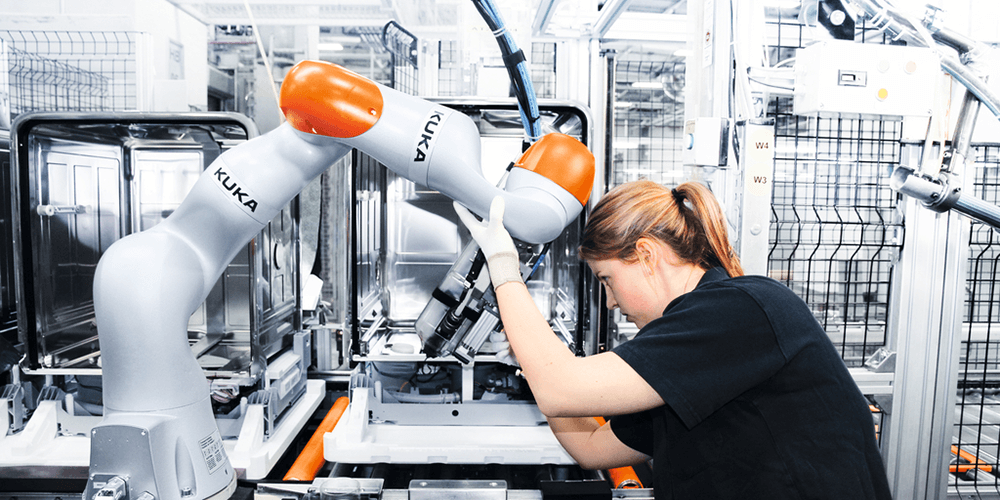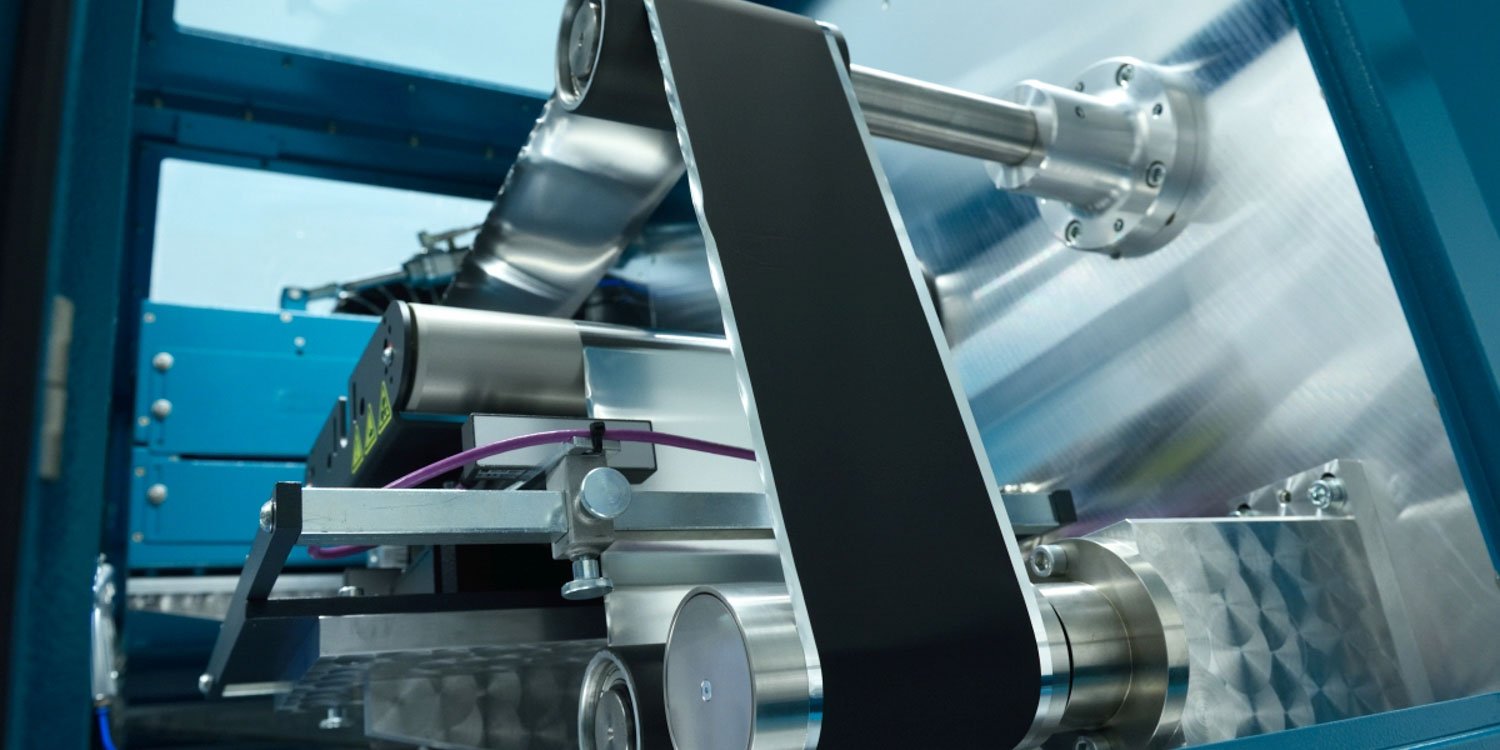A team of material scientists at the University of Texas at Austin has made a significant breakthrough in solid-state battery technology, which could revolutionize the electric vehicle industry. The researchers have succeeded in creating a solid-state battery without an anode-cathode pair, a development that could lead to lighter and more compact batteries with increased energy density.
Previous attempts to eliminate the graphite anode and replace it with a current collector made of copper foil failed due to the reactivity of the solid electrolyte, which caused quick material degradation. However, the scientists discovered that by coating the copper foil with lithium-activated tellurium, the material could soak or dissolve lithium from the foil in a more uniform manner. This prevented the formation of dendrites that can short-circuit or cause surface irregularities that lead to rapid battery degradation.
According to David Mitlin, a material scientist involved in the project, this discovery “may provide key missing links for wide-scale commercialization of anode-free and all-solid-state batteries.” By eliminating half of the battery’s internal material, the use of solid sulfide-based electrolytes and the absence of an electrode pair in the traditional sense makes the resulting battery much lighter and more compact than current ternary cells. In fact, the lab concept almost doubles the volumetric energy density of traditional batteries, and can store 72% more energy at the same battery pack weight.
Despite these impressive results, Mr. Mitlin warns that there is still a long way to go before the anode-less cell becomes a prototype solid-state battery suitable for mass market production and use in the next generation of electric vehicles. Nonetheless, the fact that the new coating can be applied with conventional methods bodes well for large-scale manufacturing in the future.
Overall, this research is a significant step forward in the development of solid-state batteries, and could potentially lead to a more sustainable and efficient future for the electric vehicle industry.







